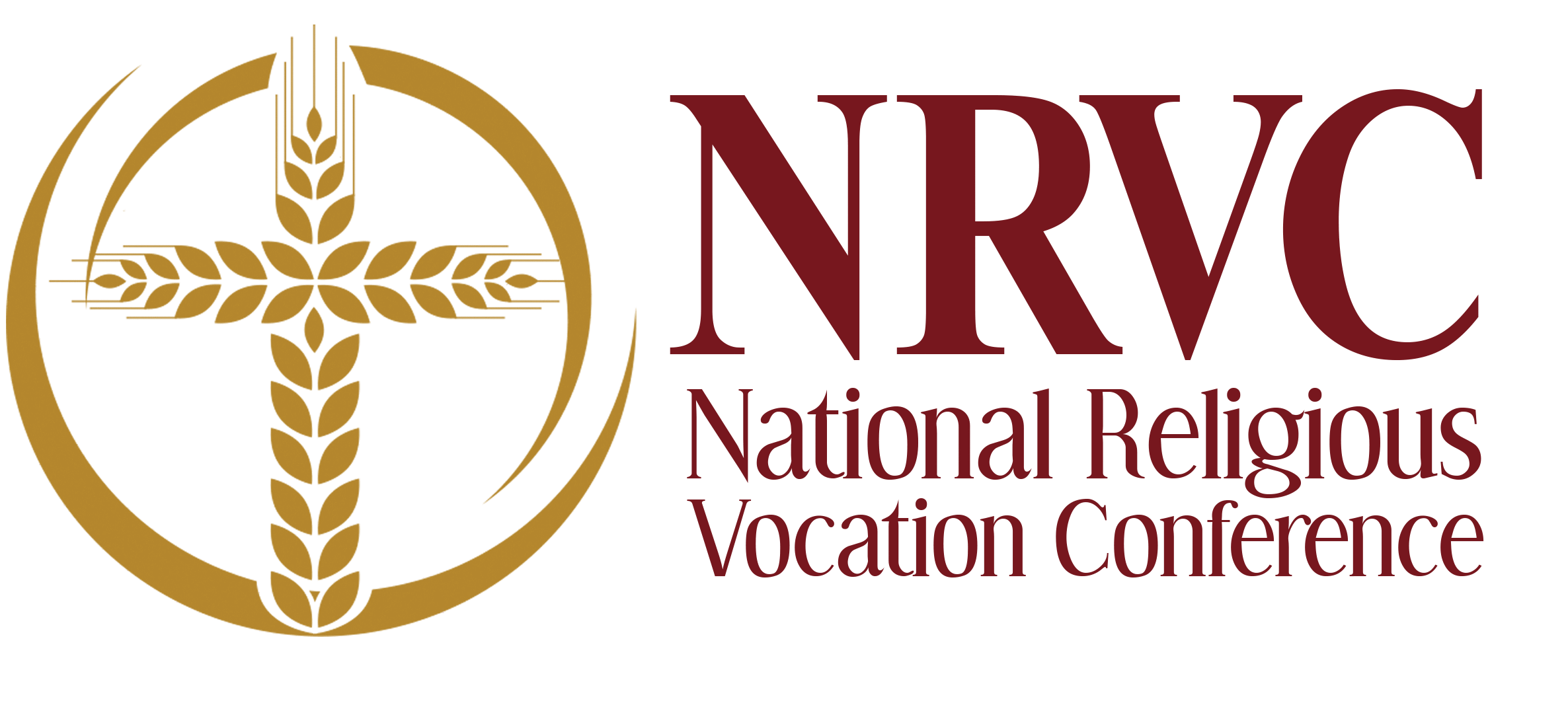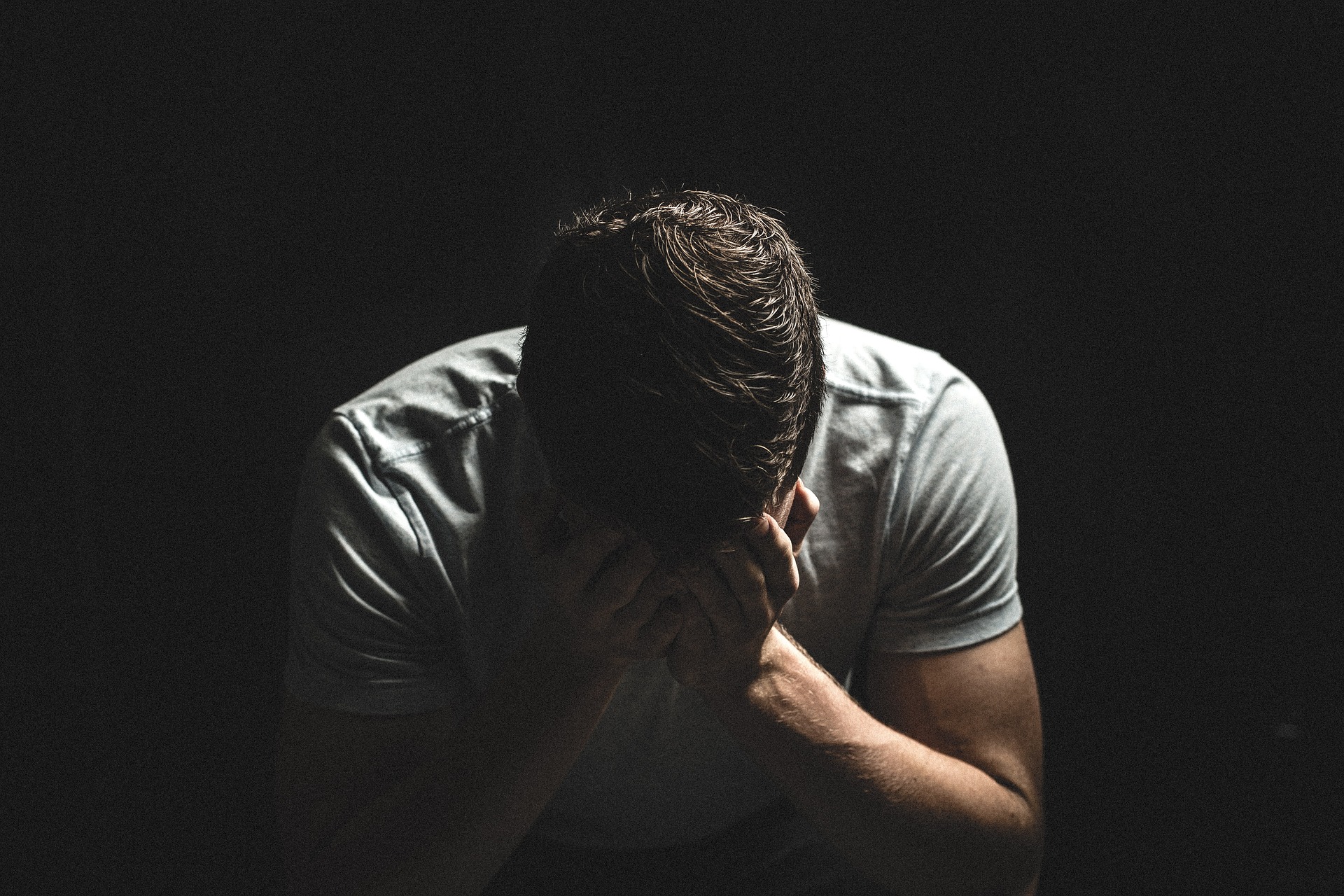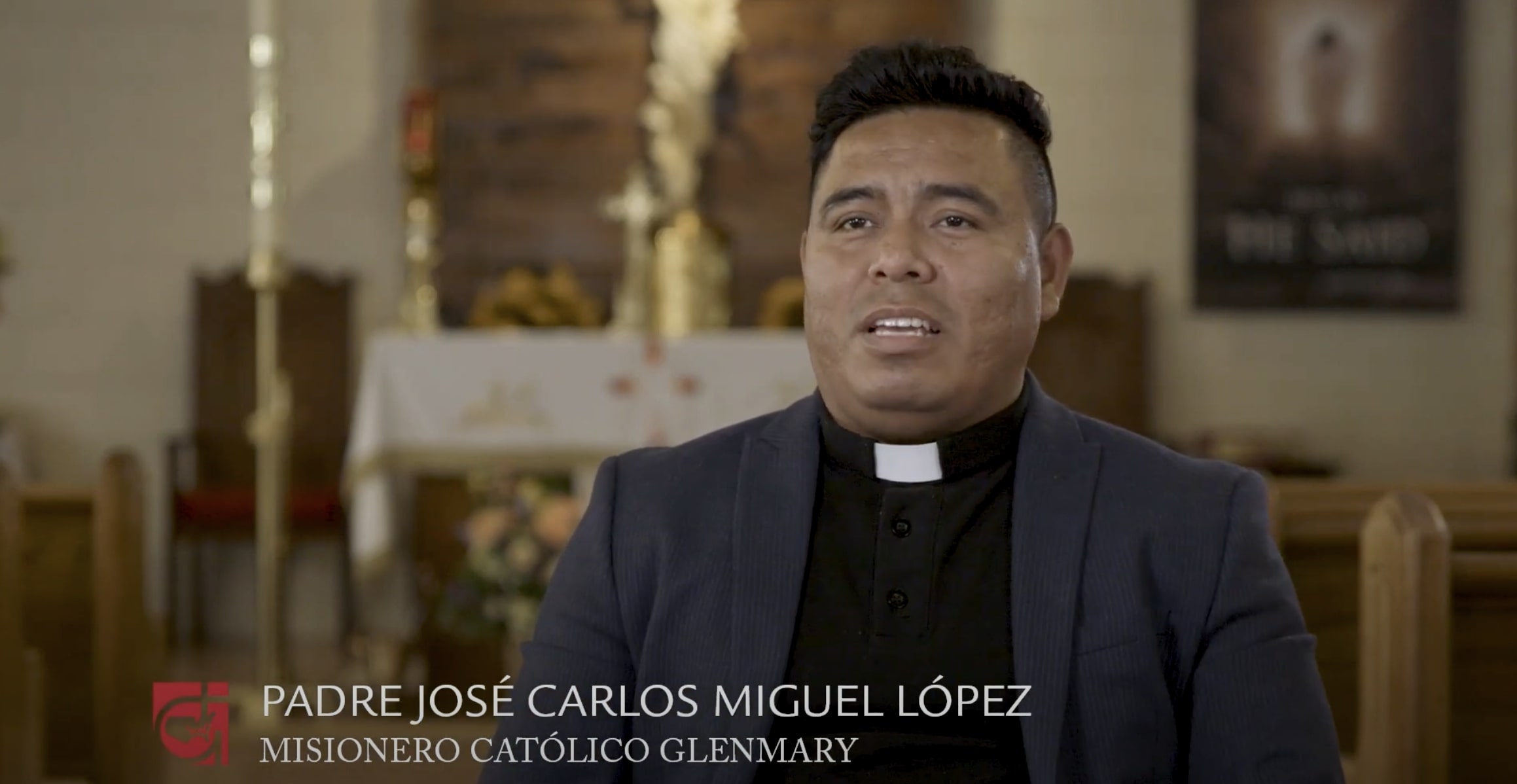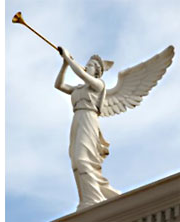|
FOR CRYING OUT LOUD
Cancer survivor Anne Boyer, in her disturbing book The Undying, describes in minute detail every agonizing aspect of her near-fatal and permanently disabling journey through illness. An artist by trade, she fantasizes about creating a monument or sanctuary for the seriously ill. It would be a place of public mourning, where weeping was not only allowed but welcome. Where "anyone who needed it could get together to cry in good company and with the proper equipment."
Ancient Israel had such a ritual space in its prayer form known as lamentation. It was a prayer to be accompanied by breast beating and wailing aloud: a communal expression of despair. If you tore your clothes and poured ashes on your head, you'd be in good company. Present-day society seems to have no patience for public sorrow. We sweep our sick off to hospitals, the elderly to assisted living, the dead to the morgue. We don't wear armbands to mark our grief, or don black for a year to declare our losses. Instead, we're told to buck up and move on. If need be, residual anguish can be taken to a therapist and hashed out in private.
In a global community that has known so much loss suffered in isolation these past years, opportunities to grieve out loud need more ritual attention. Grief support groups are a start. Church bereavement committees prove valuable ministries if well led. Ash Wednesday rites, Good Friday liturgies, and penance services throughout the year can be powerful moments of communal lamentation.
—Alice Camille,
reprinted with permission from TrueQuest Communications
|













